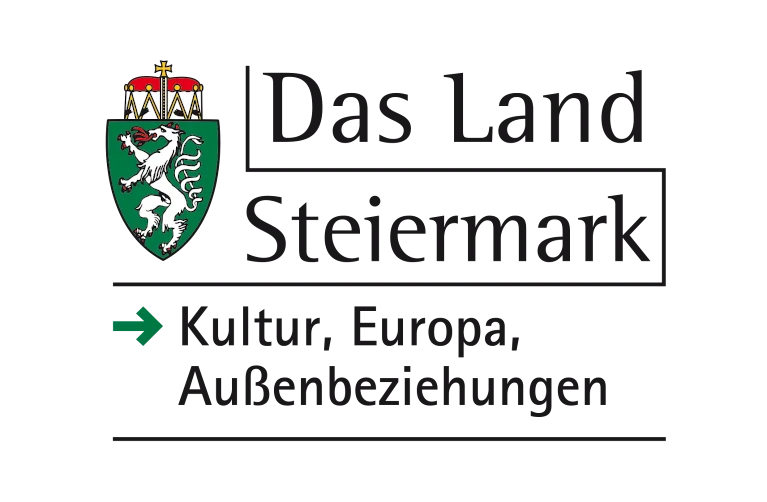Published August 9th, 2021
Other
by Lisa Schantl
On Thursday, August 5, 2021, the Klima-Kultur-Pavillon at Freiheitsplatz, a temporary installation in Graz, became the stage for an artistic examination of what is probably the most pressing problem of our time, climate change.
On the initiative of Lisa Schantl (Tint Journal) and Lisa Höllebauer (wir sind lesenswert), ten authors, both German and English-as-a-Second-Language-speaking, developed literary encounters with the topic and performed their texts amidst an art installation by Val Smets in the pavilion by the Breathe Earth Collective.
The fact that we need to approach the new state of the earth in a multifaceted way and on several levels in order to find a solution is increasingly emphasized not only by representatives of the art and culture industry, but also by natural scientists, philosophers and historians. One way to do this can be found in climate change literature, creative texts that bridge the gap between literature, the natural sciences, and our real-life environment by addressing this issue in a variety of ways. In the English-speaking world, the genre has already entered the mainstream with novels such as Richard Powers' The Overstory and Amitav Ghosh's Gun Island as "cli-fi" (climate fiction), while in the German-speaking world the forms are mostly still being explored by authors.
At the reading "Writers in (Climate) Crisis", authors of various backgrounds gave an insight into the possibilities of climate change literature with five texts in German and five in English. The ideas for the texts were developed during a workshop of the same name in June. Following this, the lines presented on Thursday evening were developed individually as well as in exchange with the group. The result is a colorful spectrum of forms and themes that showed the audience new perspectives and points of contact with climate change.

Living conditions under a glass dome or even underground, motherhood in our time and tragic fates caused by floods or high tides were addressed as well as the dream of a city made of plants, the microcosm of a raised bed and the emotional world of a bee meadow. The sensationalism of the Western world about seemingly distant catastrophes, the double standards of politicians and other decision-makers in a crisis, and the conflict between generations were also expressed. The forms chosen by the writers were short stories, poems, a letter and a performance, as well as singing elements.
In addition, the Finnish artist Val Smets (Styria Artist in Residence) translated all the texts into another artistic medium and created a comprehensive art installation entitled "Shall i swim out further". A 3.14 x 1.66 meter designed canvas referred to elements of the texts that were most significant to the artist and became the stage set at the same time. In addition, she created a pool of polyurethane foam and paint spray that depicted floods and high water as well as bees, which she distributed among the plants of the pavilion.
With this versatile and accessible approach, the reading brought over 60 visitors to the pavilion and the evening was a successful conclusion of the project. The great interest and the reactions of the audience showed once again that art and literature can make a valuable contribution to the current discourse and reveal emotional worlds as well as realities of life, make them accessible and thus invite reflection.
Writers: Bianca Antonia Cosar, Andrea Färber, Anna Hengstberger, Maria Leitgab, Susmita Paul, Frederick Reinprecht, Antonia Reissner, Nadia Rungger, Katharina Sieghartsleitner, Sandra Tanzmeister
The reading was streamed live and can be watched as a recording here.
Nationality: Austrian
First Language(s): German
Second Language(s):
English,
French,
Spanish
Supported by:

